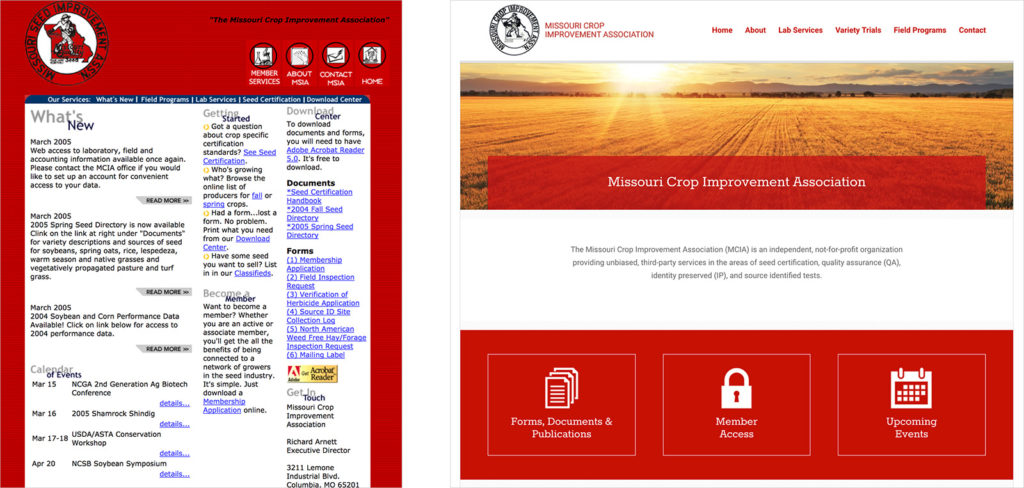One of your brand’s most prized assets is the company website. With interactive content and a dynamic layout, a functional website livens up your brand, creating engagement, leads and new avenues to explore.
Websites are one of the most affordable and powerful tools you can use to engage with and target your core audience— at least in theory.

Sadly, most businesses would prefer to spend money on renovating their bathrooms rather than spend a percentage of that budget to revamp their website design. It’s startling. A lot of people believe an investment made long ago will hold up throughout time on its own.
Websites aren’t static assets. They are digital representations of your brand. Both technology and the nature of your competition evolve with each passing day. You can either let them surpass you or you can get the jump on them both.
If you’re not familiar with your website’s status, odds are you need to redesign it. Consider the following five ways to figure out if this is the case.
1. You’re Not Proud of Your Website
Are you hesitant to hand out business cards? Do you sometimes preface its introduction with a status update? If you’re coming up with reasons for people not to check out your website “yet”, chances are it’s doing more harm than good to your brand.

Example of a recent makeover.
2. Your Website Isn’t Mobile-Ready (or responsive)
It’s now mandatory for websites to have a responsive website — one that works on all devices. Users are more inclined to check out websites on their mobile devices than their laptops and PCs these days, and as such, a non-responsive website will make your brand look dated, and it will tank your search engine ranking. A mobile-optimized brand lets users know your company is in sync with the modern era.
3. Your Website Has No Story
To connect with potential customers, your website needs to articulate a story with a captivating approach. You can’t tell a story with just graphs and statistics. They help make things clear, but the true power in a website involves the right balance of imagery and meaningful, captivating text. Bland copy-writing and stock images won’t help you articulate your message. If you surf the web, you’ll notice that the most powerful brands tell stories to resonate with their market.
4. Your Site Doesn’t Match the New Brand
The most successful brands are the authentic ones. Brands that evolve in a way consistent with their core message achieve success, and their websites should follow suit. A website that doesn’t meet your current brand standards undermines the effort you’ve put into growing your company. With technology always changing and the marketplace always evolving, a website must remain relevant and practical for at least a few years. When was the last time your website was updated?
5. High Bounce Rate
If your website’s analytics show a high bounce rate on your site, it means people who are visiting it aren’t checking out any pages except the one they’ve landed. Effective websites give visitors what they’re looking for and are designed with the target audience in mind. These design choices are made using data to determine what to display on the site. If the user has a good experience, they’re more likely to return. The bottom line is that you’ll get more conversions through higher customer engagement.
Ready for outside guidance? Hub & Spoke is here to help you find focus from our offices in St. Louis and Columbia, Missouri. Let our web design team craft a solution for you that helps engage with your customers, no matter their device.
